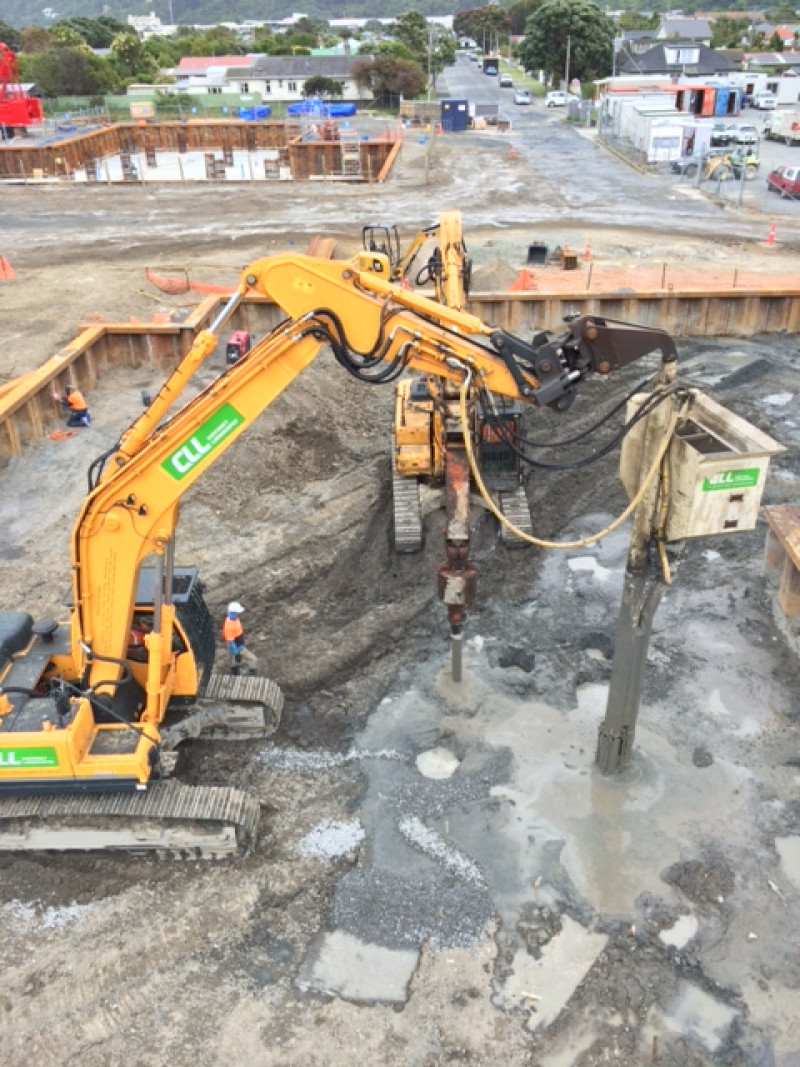Permeation grouting
Permeation grouting is a complex technique which can involve the use of various grades of cement with and without chemical additives and it can be carried out with only certain chemicals.
Immediately after the Christchurch Earthquakes, the EQC went out to expert contractors and asked for ideas to mitigate the liquefaction risks as had occurred during earthquakes.
CLL were closely aligned with STA and Sireg, manufacturers in Northern Italy. We brought to NZ, Giorgio Borellas who is an engineer with vast grouting expertise and experience in building (and seismic proofing) dams and other structures.
We imported the Sireg manufactured Durvinil injection system and carried out extensive trials in the red zone thus becoming familiar with permeation grouting.
Subsequently we have used the Durvinil system with various grouting applications throughout NZ.
Permeation grouting improves the bearing capacity of the soil, mitigate load induced and liquefaction induced settlements and is often used to create soils with sufficient strength to allow excavations in proximity while remaining stable.
Permeation grouting uses low grout pressure and depending on the permeability of the soils injects cement or chemicals or a combination of both into the soil matrix at prescribed rates.
The low pressure eliminates contingent damage.
The cement or chemical-based grout is introduced into soil pores without an essential change in the original soil volume and structure. The support structure of granular soils is improved, without disturbing them, and by filling voids, it is turned into a solid mass.
CLL permeation grouting clients have soils with fine sand content and wish to stiffen ground and prevent excessive movement. Our expert teams use the technique to lower the permeability of the soil to prevent excessive water inflows and underpin nearby buildings and other structures.
CLL carried out a large building stabilization and remediation project which required multiple injection points to be available simultaneously. We developed with STA, in Northern Italy a first of a kind pumping plant with 12 individual pumps combined through a computerized network.
“Permeation grouting’s a useful technique where you have permeable ground.
“One of it’s benefits is it can excavated while remaining stable, which can be really handy for the likes of basements or tunnels.
“It is a technique that is extensively used in Europe, and has even been employed to help waterproof and stabilise the ground under the Louvre in Paris.
“As one of the ground improvement methodologies at our disposal, permeation grouting can be a very cost-effective means of creating permanent stability.”
Terry Donnelly

